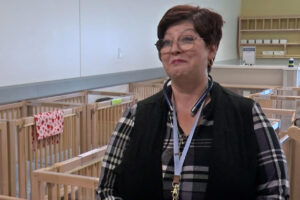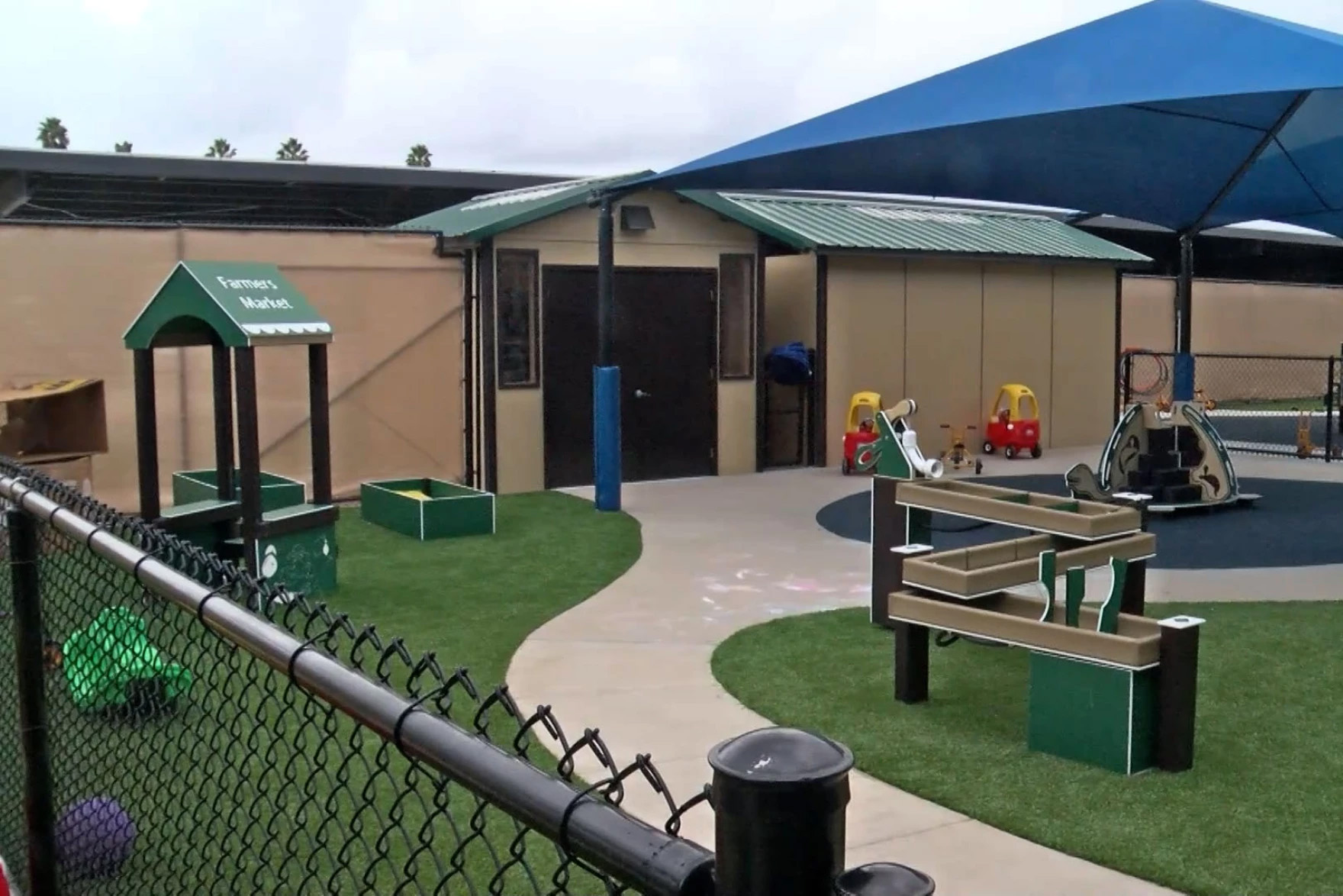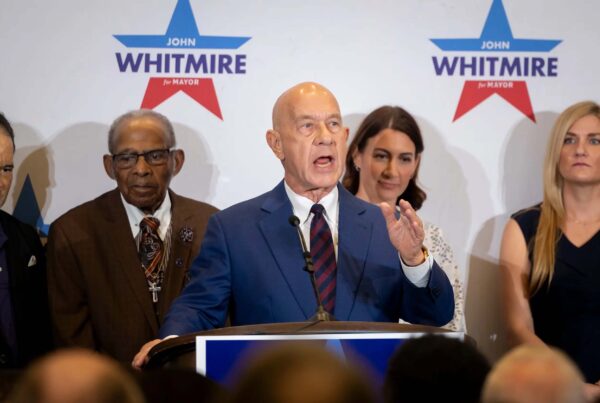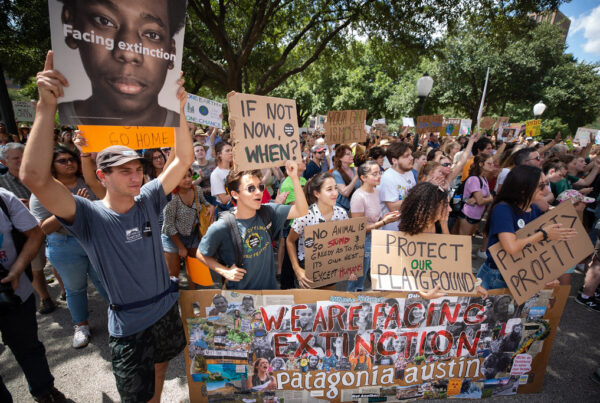From the American Homefront Project:
In October, a new state-of-the-art child care center on Marine Corps Air Station Miramar became the first of three such facilities to open on a San Diego military base. It’s the first step in expanding the capacity of a system strained by pandemic labor shortages and long waiting lists, Navy officials said.
The new child care center has room for more than 300 children. Though it’s not yet fully staffed, Janet Hooten, the child development program manager for Navy Region Southwest, said the new center will have room for many of the roughly 500 military children currently on the Miramar waiting list.
But that’s just a percentage of the overall need in San Diego.
“(In) metro San Diego we have about 2,600 children on the waitlist,” Hooten said. “About 1,100 of those are under the age of 12 months.”
The age of kids is significant because younger children — notably, infants — require a much smaller provider-to-child ratio, she said.
The latest figures from the Navy show an improvement since the summer of 2022, when more than 4,000 military children in San Diego were on the waitlist.
It’s not just a San Diego problem. For years the military child care system has been plagued by long waitlists — a problem exacerbated by pandemic labor shortages.
As of November, more than 8,500 military children and 2,000 non-military children around the world were on waiting lists for Department of Defense child care.
Francisco Jamison is the chief of military programs and strategy at Child Care Aware of America, the nonprofit organization that helps manage the Pentagon’s fee assistance subsidy for military families.
Long waitlists are only a symptom of a larger problem, he said.
“Ten years ago, the waitlist was the biggest challenge,” Jamison said. “It has gone down to, in my opinion, third place. Having enough staff (and) having enough centers are way more important now; the waitlist would be improved if we could fix that.”

Janet Hooten, the child development program manager for Navy Region Southwest, said when at capacity the Navy’s new child development center on Marine Corps Station Miramar in San Diego will have room for many of the roughly 500 military children currently on the Miramar waiting list. The waitlist for all of San Diego numbers about 2600. Carlos Castillo / KPBS
In metropolitan areas with large military populations — San Diego, Seattle, Norfolk, Va. and Washington, D.C. — staffing remains the main challenge, Jamison said.
But in more rural areas where many Air Force and Army installations are, the problem is capacity, Jamison said, adding that in those areas people sometimes live more than 30 miles from the base and its childcare facilities.
“It’s available, but it’s not conducive to the community that needs it because of that commute,” he said.
Jamison said that access to affordable child care is especially important for military families, many of which live hundreds or thousands of miles from their extended families — meaning for them, child care from the military or more expensive private centers are the only options.
Rep. Sara Jacobs, a San Diego Democrat, sits on the House Armed Services Committee. Her district is home to the base, as well as thousands of service members.
“The No. 1 thing that I hear from military families … is really about quality of life issues — predominately housing and child care,” Jacobs said. “I actually held a town hall with military families at Miramar over the summer, and I heard from so many people about how hard it was to find quality and affordable child care.”
Access to military child care versus outside care can be especially important for military families because the services subsidize that care, meaning families pay much less out of pocket.
Jacobs said she was able to get a provision added to next year’s National Defense Authorization Act to make the child care waitlists more transparent, so service members would know how long they’ll be waiting. She also added language to increase the pay and benefits for staff — something Hooten said is a challenge in getting positions filled.
“Our pay, our incentives, tuition assistance (and) transfer program — all those are very much different than (the private sector),” Hooten said, “so we’re doing better.”















